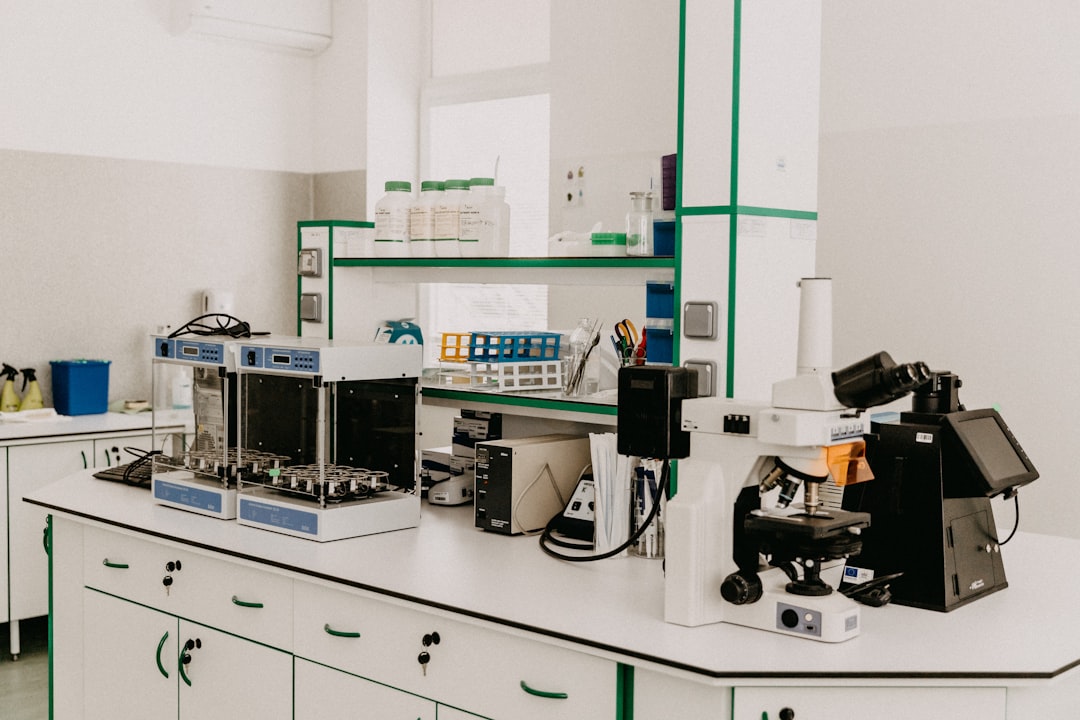What is it about?
This publication discusses the production of biochar, a material made from agricultural waste, using machine learning algorithms. Biochar has been shown to be effective in removing contaminants from wastewater. The process of producing biochar through pyrolysis and how machine learning algorithms can be used to optimize the process is explained in details. The goal is to provide a cheaper and more sustainable means of treating municipal and industrial wastewaters.
Featured Image

Photo by Annie Spratt on Unsplash
Why is it important?
This work is unique and timely because it explores the potential of using machine learning algorithms to optimize the production of biochar from agricultural wastes. The use of biochar as an effective adsorbent for removing contaminants from wastewater is an important area of research, and this study offers a data-driven approach to improve the production process. The study also compares the performance of different machine learning algorithms, providing insights into which algorithms are most effective for this application. The findings of this study could have significant implications for the development of more sustainable and cost-effective methods for treating municipal and industrial wastewaters.
Read the Original
This page is a summary of: Biochar production from valorization of agricultural Wastes: Data-Driven modelling using Machine learning algorithms, Fuel, November 2023, Elsevier,
DOI: 10.1016/j.fuel.2023.128948.
You can read the full text:
Contributors
The following have contributed to this page










